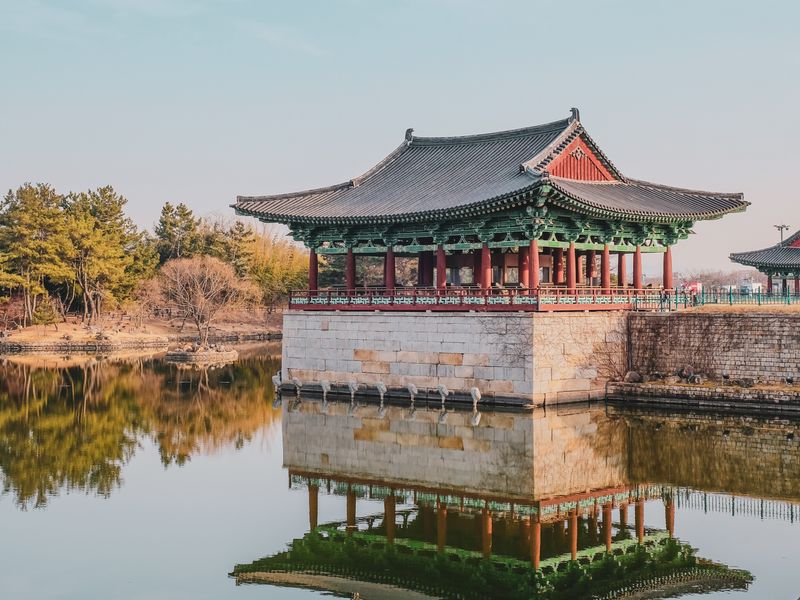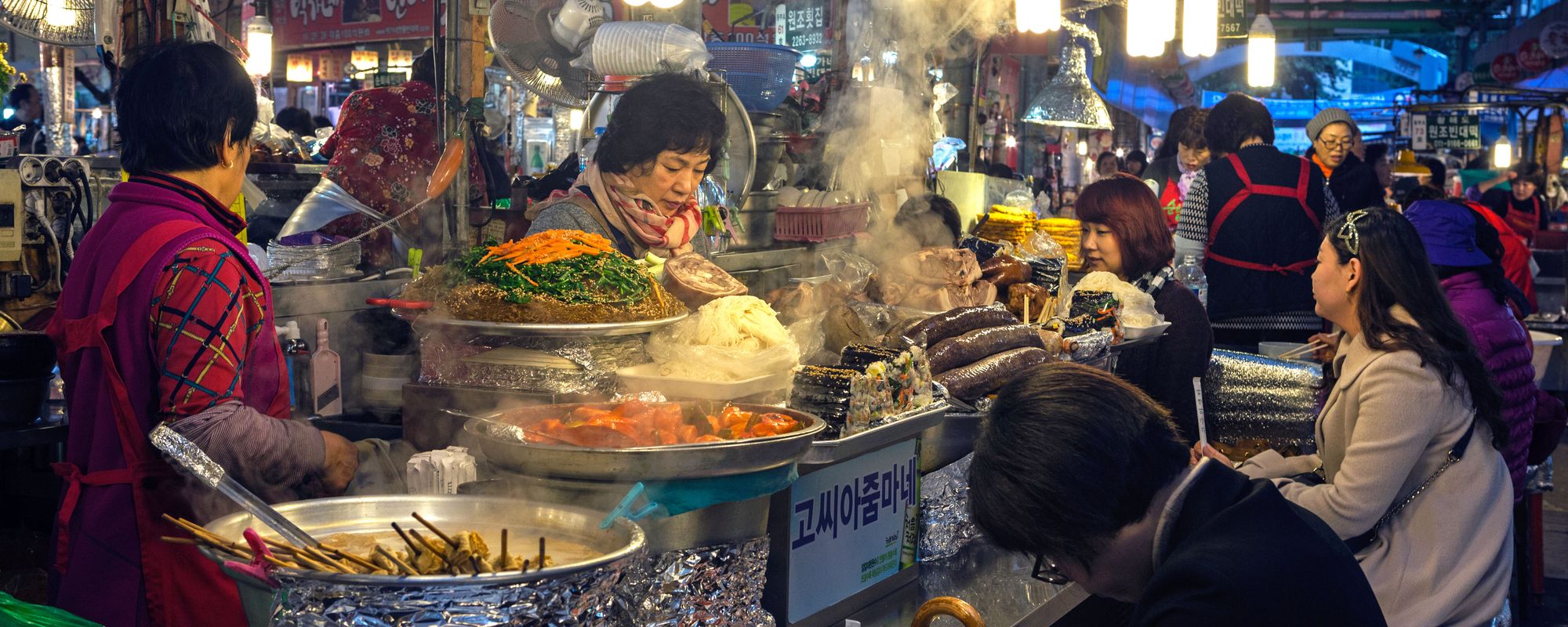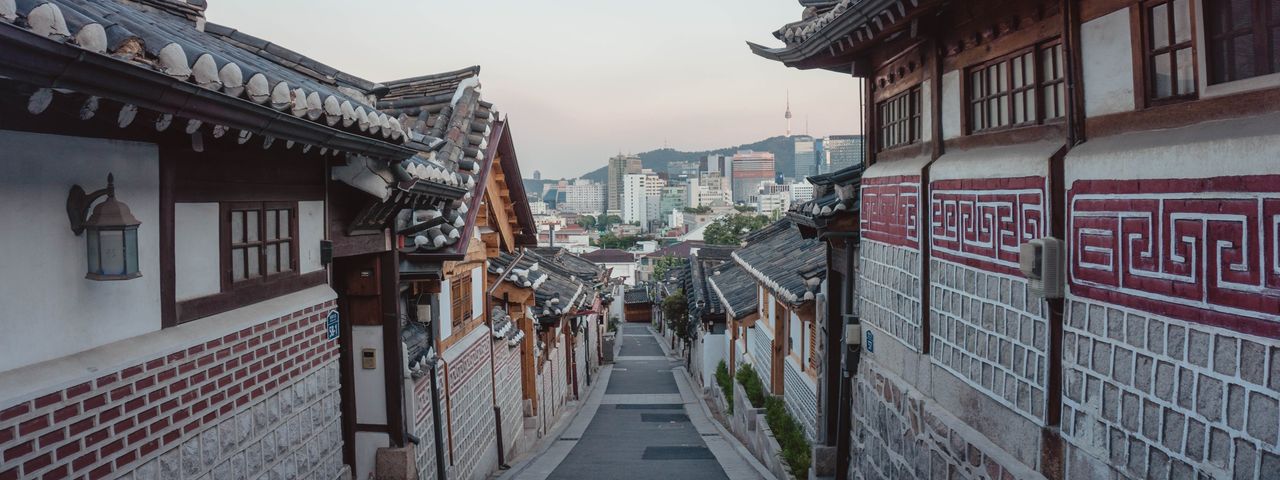South Korea travel guides
In South Korea, natural beauty thrives within a stone’s throw of highly-cultured cities, while ancient and modern landmarks sit side-by-side. Seoul’s cutting-edge streets share space with a royal lineage of tradition, history and culture that stretches back nearly two millennia, and the rugged peaks of Bukhansan National Park are right on its doorstep. The effusively warm and generous nature of South Korean people is reflected in the country’s cuisine, which is characterised by plenty of spice and an exuberance of ‘banchan’ (or side dishes). Be prepared for an all-senses sensation…
Our big three in South Korea
Obviously there's a lot more, this is just to get you started...
Cultural capital
The capital of South Korea extends through the country’s north west corner, not far from the border with the North. As one of the largest cities in the world, Seoul is brimming with neon-lit nightlife and technical sophistication, yet is also steeped in history, with five exquisite former royal residences to visit and dozens of traditional houses to explore. Despite the modern urban sprawl, many of the city’s key places of interest are found in a relatively small area around Gyeongbokgung, making sightseeing less strenuous than you might imagine. Visit a selection of sumptuous palaces, explore the warren of tiny streets lined with tiled houses and traditional tearooms, and sample some of South Korea’s headily aromatic street food.
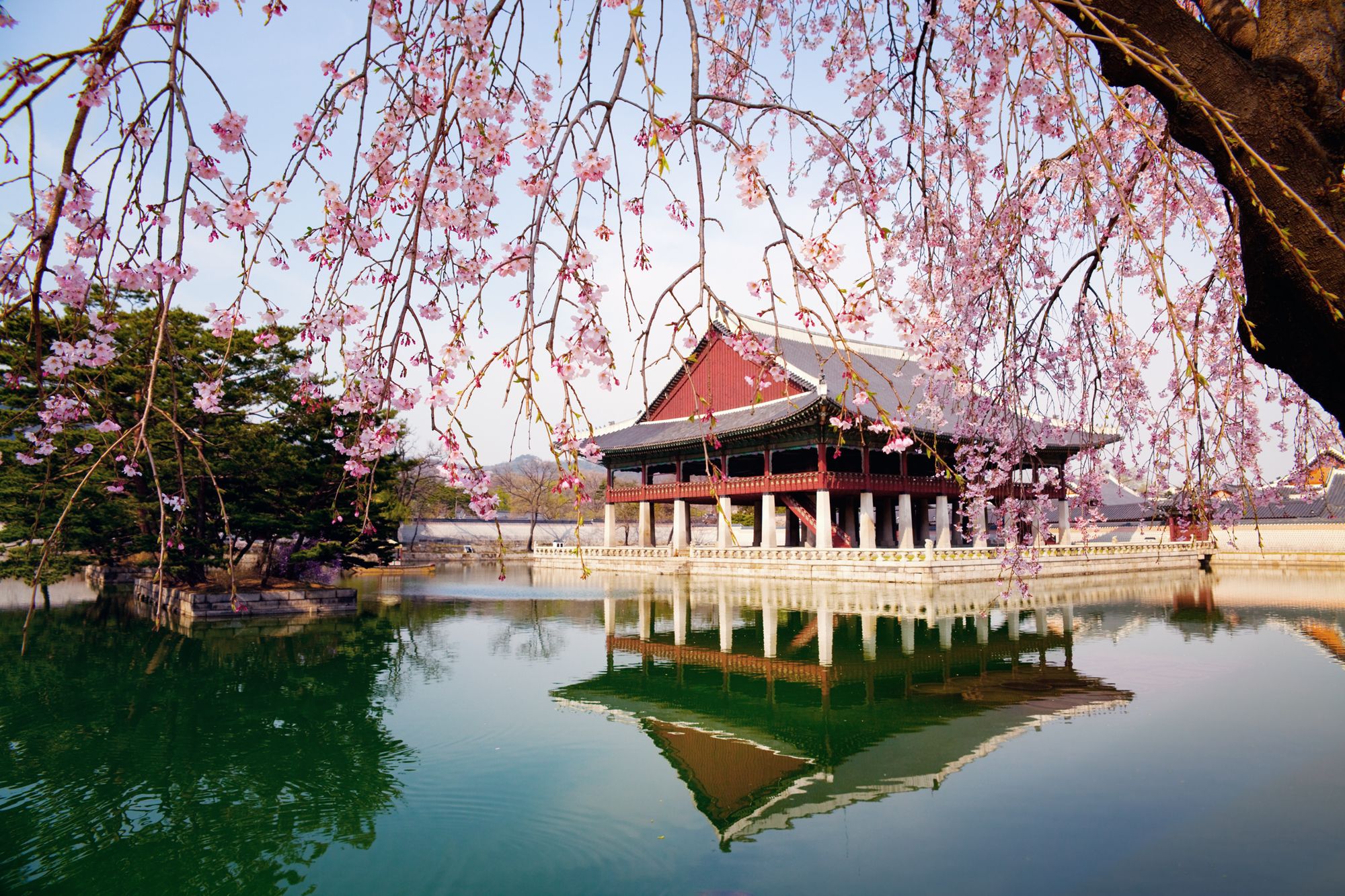
Coastal character & island escapes
On the opposite corner to the capital, down on the country’s south east coast, Busan delivers urban thrills and one of South Korea’s most sought-after beaches. Sometimes referred to as ‘Seoul by the sea’, Busan is a coastal counterpoint to the country’s high-energy capital. To get a beach break whilst staying closer to Seoul, visit the splendid scenery and ancient tombs of the Five West Sea Islands, just off the north west coast, where traditional houses and a laid-back, fishing-centred lifestyle await. Alternatively, further off the country’s far southern tip, Jeju Island draws visitors to its own gorgeous beaches and on towards a string of smaller islands that pepper the West Sea - ideal for those looking for a full-on coastal escape.
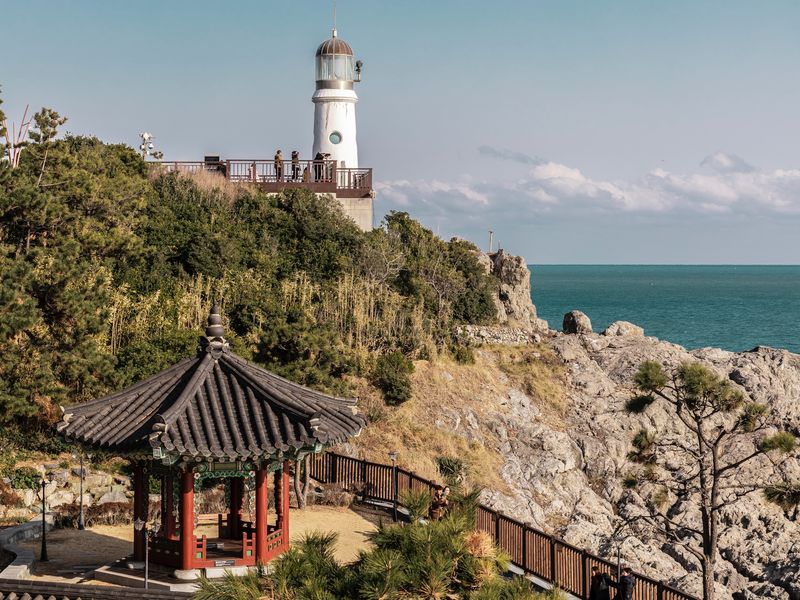
Ancient heartland
The royal tombs and treasures of Gyeongju in the south east hold an irresistible appeal. Often referred to as South Korea’s cultural heart, Gyeongju was capital of the Silla dynasty from 57 BC to 935 AD and is home to more temples and tombs, ruins and rock carvings, pagodas and palaces than anywhere else in the country. During the Silla dynasty, three of Gyeongju’s rulers were women - unique in Korea’s history. The city’s 7th-century Cheomseongdae Observatory (reputedly the oldest surviving astronomical observatory in Asia) emphasises the huge importance that was placed on astrology in ancient Korean culture.
